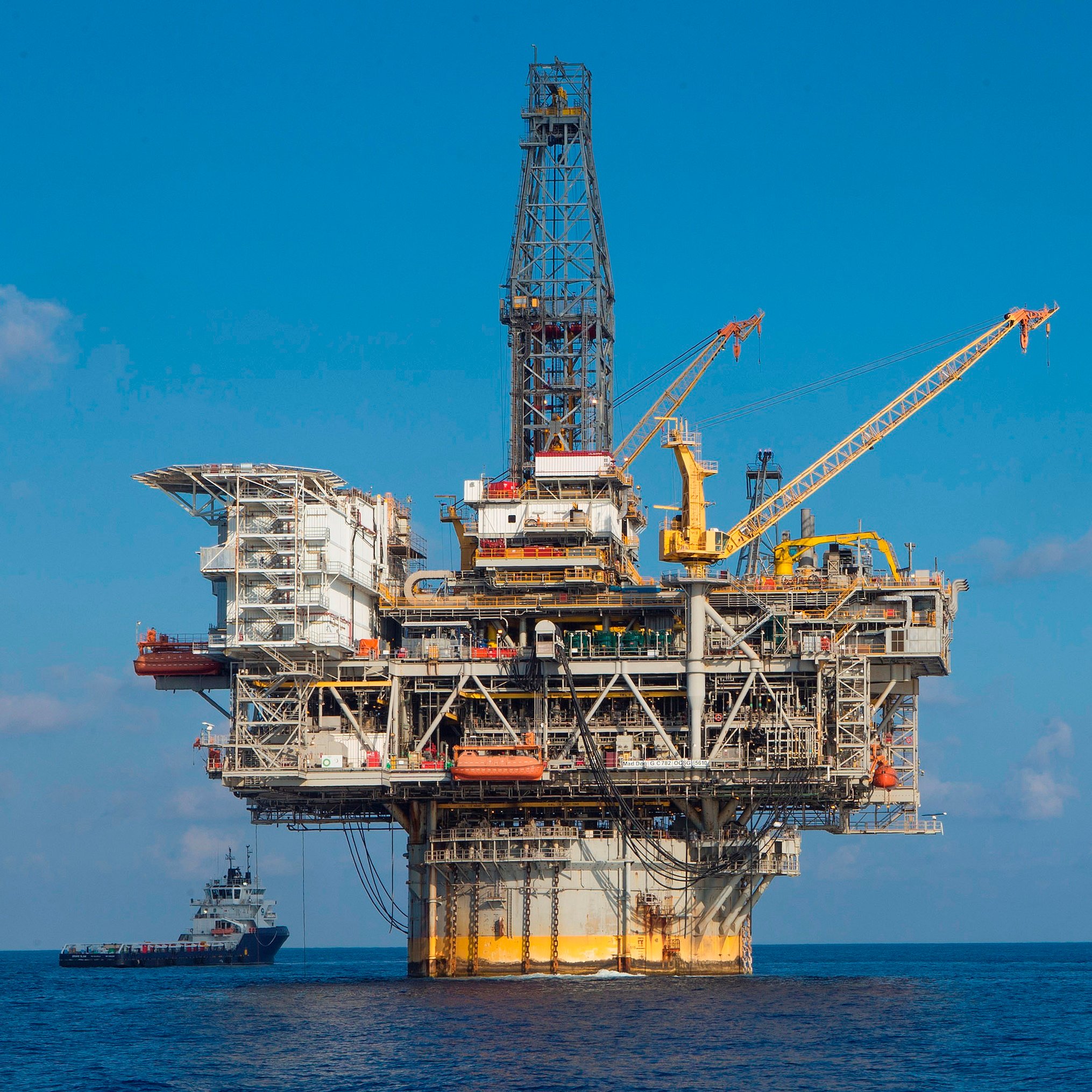Energy
BP Earnings Saved by Refining Margins; Expects Higher Production in Q4
Published:
Last Updated:

BP’s replacement cost profit (essentially the company’s adjusted net income) in the third quarter totaled $1.23 billion, compared with $2.39 billion in the year-ago quarter.
Upstream profits totaled $823 million, compared with $3.9 billion in the third quarter of 2014. Production for the quarter totaled 2.24 million barrels of oil equivalent per day, 4.4% higher than the third quarter of 2014. BP said fourth-quarter production would be “slightly higher” as the planned turnaround season ends.
Downstream profits totaled $2.3 billion, compared with $1.48 billion in the year-ago quarter. The increase is the result of improved refining margins, strong refining operations and fuels marketing and, again, cost benefits from simplification and efficiency programs. For the fourth quarter, BP expects lower refining margins and lower demand for fuels.
Profit from the company’s stake in Russia’s Rosneft increased from $110 million in the third quarter of 2014 to $221 million to $382 million.
ALSO READ: The 6 Most Shorted NYSE Stocks
Bob Dudley, BP’s group CEO, said:
Last year, we acted decisively to reset BP for a sustained period of lower oil prices and the results are coming through well. We are now in action to rebalance our financial framework in this new price environment.
And I am confident that BP’s strong and well-balanced portfolio of businesses and projects gives us the ability to grow value into the future. All of this underpins our strong priority of sustaining our dividend and then growing free cash flow and shareholder distributions over the long term.
BP currently pays a quarterly dividend of $0.60 per ADS. The dividend yield is a handsome 6.72%.
Organic capital expenditure in the third quarter totaled $4.3 billion. For the year to date, BP’s organic capital spending totals $13.2 billion and total capex equals $13.4 billion. The company now expects organic capex to reach $19 billion this year and to fall in a range of $17 to $19 billion “in the near term.”
BP’s average realized price per barrel of oil in the third quarter was $44.01, compared with $91.42 in the third quarter of last year. The U.S. price of $46.22 a barrel was about $1.50 a barrel below the European price.
The company took a net charge of $426 million in the third quarter related to the Macondo well explosion in 2010 that killed 11 workers and dumped millions of barrels of crude oil into the Gulf of Mexico. So far in 2015, the company has paid out $11.51 billion. The cumulative pretax income statement charge since the disaster amounts to just over $55 billion.
ALSO READ: The 10 Most Profitable Companies in the World
Settlements between the company and the federal and state governments have been agreed and comments on the consent decree with the federal government are due in early December. A hearing has been scheduled for March 2016 to consider the consent decree. Settlement agreements between BP and the five Gulf states are contingent upon approval of the consent decree. The amount of the settlement is $18.7 billion.
In October 2013, BP announced plans to divest a further $10 billion of assets before the end of 2015, having completed its earlier divestment program of $38 billion. Transactions to date have reached around $7.8 billion. Disposal proceeds totaled $300 million for the third quarter and $2.6 billion for the nine months.
BP traded up about 1.5% in Tuesday’s premarket, at $35.58 in a 52-week range of $29.35 to $43.85. Thomson Reuters had a consensus analyst price target of $36.93 before this latest report.
A financial advisor can help you understand the advantages and disadvantages of investment properties. Finding a qualified financial advisor doesn’t have to be hard. SmartAsset’s free tool matches you with up to three financial advisors who serve your area, and you can interview your advisor matches at no cost to decide which one is right for you. If you’re ready to find an advisor who can help you achieve your financial goals, get started now.
Investing in real estate can diversify your portfolio. But expanding your horizons may add additional costs. If you’re an investor looking to minimize expenses, consider checking out online brokerages. They often offer low investment fees, helping you maximize your profit.
Thank you for reading! Have some feedback for us?
Contact the 24/7 Wall St. editorial team.